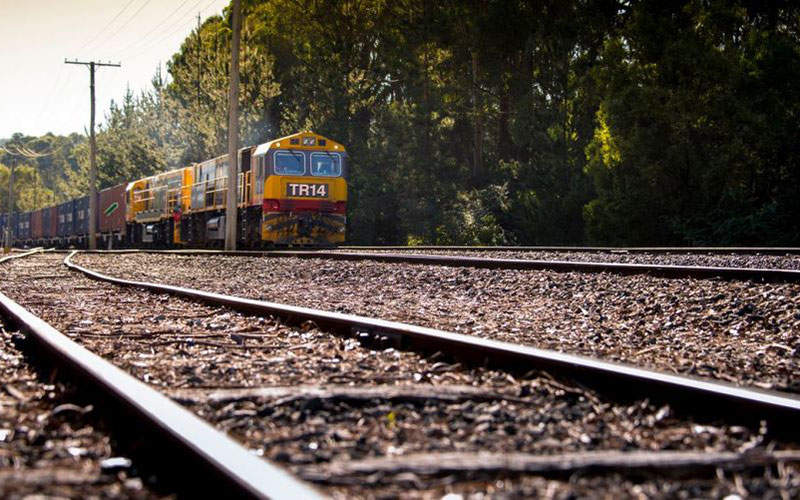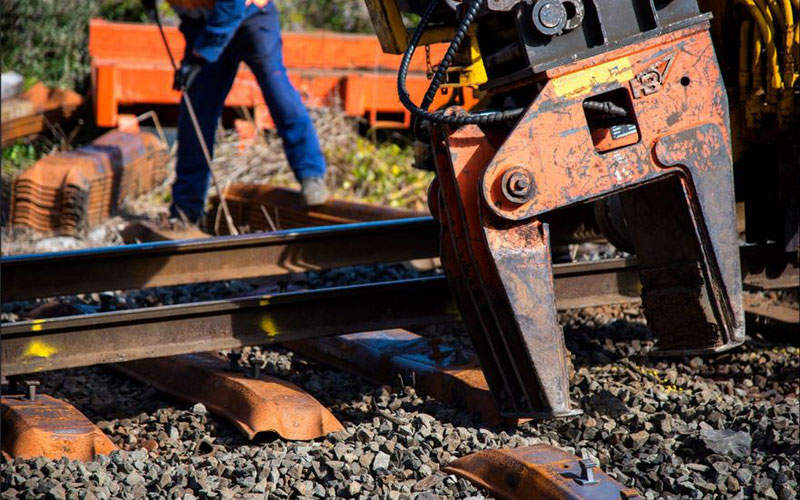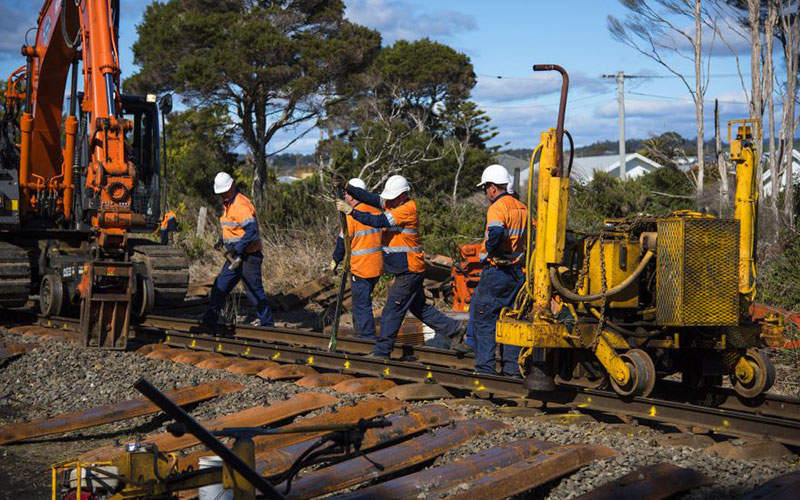The Tasmanian Freight Rail Revitalisation Programme (TFRRP) involves re-sleepering, re-railing and associated track upgrade works on Tasmania’s major rail freight corridors.
The project is expected to reduce operational costs of freight movements on the Tasmanian rail network by providing additional rail capacity. It is being jointly undertaken by Australian and Tasmanian governments, and operated by TasRail, Tasmania’s short haul, freight rail business.
Project details
TFRRP was initiated with an intention to counter the deteriorated condition of the Tasmanian rail network infrastructure and the operational challenges of the network by getting rid of short haul distances, tight curves, and steep gradients.
The Australian Government approved the release of Infrastructure Investment Program (IIP) funding for the first portion of TFRRP upgrades in July 2015.
The freight rail revitalisation project will involve re-laying approximately 290 track kilometres of life-expired rail track, insertion of 225,740 steel sleepers on the Fingal, Bell Bay, Derwent Valley, completion of more than 73% concrete re-sleepering between Burnie Port and the Brighton Transport Hub, and all identified works on the Melba line.
The project will also include remediation of 15 existing steel-lined culverts by structural relining, as well as drainage and formation work.
The first tendering process for the re-sleepering and re-railing of track sections on the Melba and South, and Western lines was initiated in July 2015. The open tenders for performing track upgrades on five selected level crossings on the North West Coast are likely to be announced later in 2015.
Benefits of the revitalisation programme
The TFRRP project will result in improving the capacity and productivity of rail transport-based industries in Tasmania. The cement and paper industries, which need to transport large volumes of freight, will be able to compete in international and interstate trade and commerce.
The upgrade will also improve safety, reliability, efficiency and competitiveness of rail freight operations, and reduce the transit times.
The project will create new jobs in the civil construction industry and ultimately strengthen the economy of Tasmania region.
Construction
Construction of the freight rail revitalisation is expected to begin in January 2016 and is scheduled to be completed by June 2019.
The construction is expected to commence with major culvert replacement works on the Bell Bay Line and critical track upgrade works on priority sections of the South Line, the Western Line and the Melba Line.
Contractors involved with Tasmanian freight rail revitalisation
VEC Civil Engineering, a company based in Ulverstone, was contacted to provide track renewal works on the Melba and Western Lines in November 2015. The scope of work includes laying and installing 48,000 new steel sleepers and 30km of new rail respectively. The construction is expected to commence in January 2016 and expected to be completed within 18 months.
TasRail will supply all the railway-specific materials for the project such as ballast. It will also maintain time-tabled rail traffic during the construction phase.
Tas Heavy Haulage was awarded with a contract to provide transport of the rail and sleepers from the Port of Burnie to work sites.
Financing
The total estimated investment for the first portion of the revitalisation project is $119.6m. The federal Australian and Tasmanian governments are jointly funding the project with a contribution of $59.8m each.










